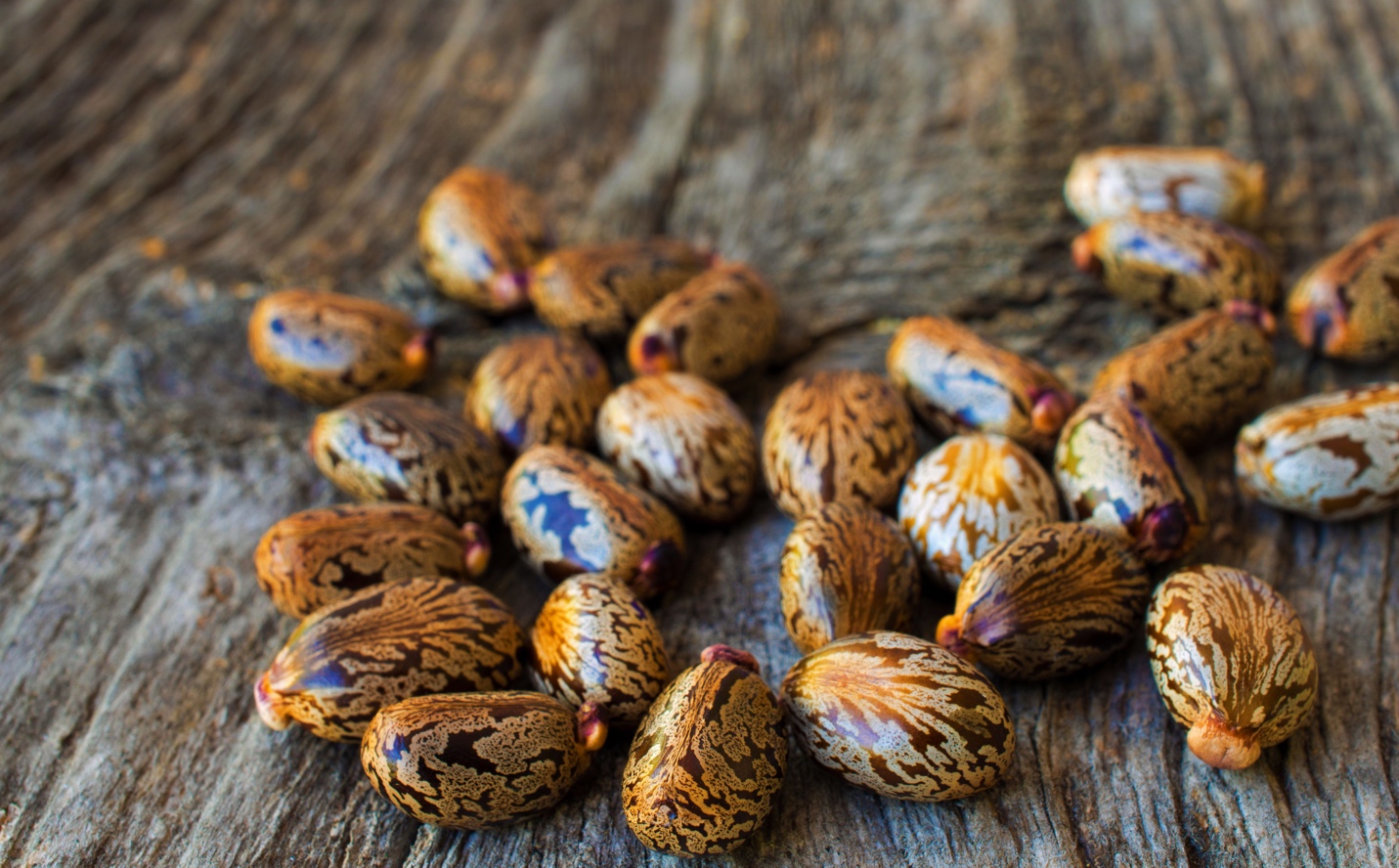©2014-2025 Penscott Management Corporation. All rights not expressly granted herein are reserved. The APO E Gene Online Program™ and the APO E Gene Program™ are part of the APO E Gene Diet®, which is a registered trademark of Penscott Corporation.
Information on this website is intended for informational purposes and is not a substitute for medical advice, diagnosis, or treatment. Learn more.
Growing up in England I ate a lot of legumes and beans—mainly baked beans—but also lentils and peas. My grandma, who I lived with, grew hearty foods in the garden that would fill us up including peas, beans, and potatoes as well. I have wonderful memories associated with foods created with these vegetables. Baked beans, peas, and potatoes remain some of my favorite foods today and I eat them often.

Beans come from a plant vegetable subgroup known as legumes or pulses. Legumes includes all beans, peas, and lentils and have an abundant variety to choose from!
Here's a sampling of legumes/pulses:
- Adzuki beans
- Anasazi beans
- Black beans
- White beans
- Pinto beans
- Navy beans
- Garbanzo beans
- Tepary beans
- Kidney beans
- Fava beans
- Lima beans
- Pinto beans
- Split peas
- Chickpeas
- Black-eyed peas
- Lentils
Beans and legumes are a positive crop for farmers to grow as the roots fix the nitrogen, essential to optimal plant growth, in the soil. Not only are they beneficial for the farmers, but they are a huge positive for your health! Beans and legumes have a high nutritional density especially known for their role in preventing neurological, heart, autoimmune diseases, diabetes, as well as cancer.
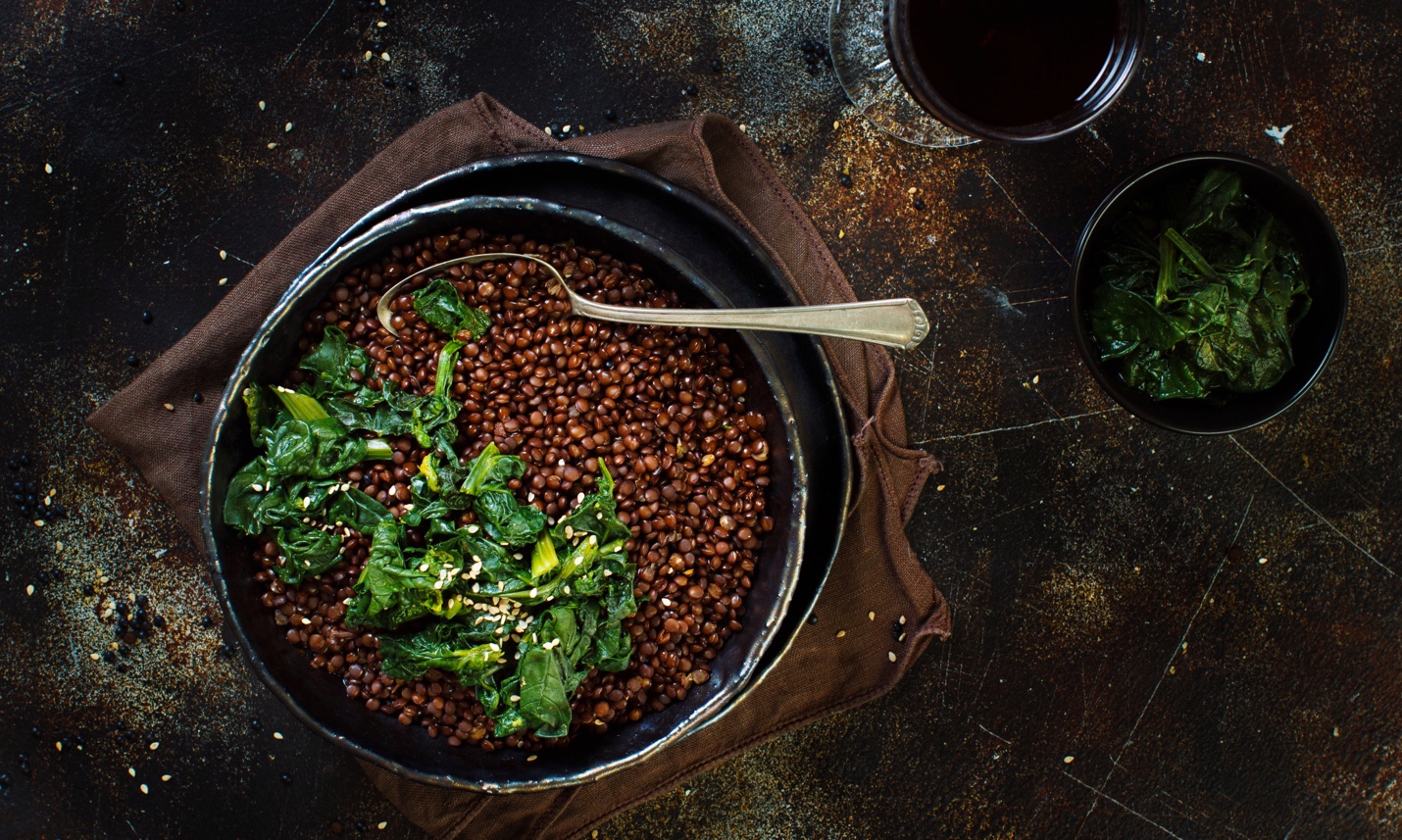
Beans and legumes are packed full of nutrients including protein, carbohydrates, fiber, minerals, vitamins — especially folate and other B vitamins. Beans and legumes contain bioactive compound antioxidants (substances that provide health-promoting effects), such as flavonoids, flavones, polyphenols, anthocyanins, lysine and some omega 3s. Micronutrients include potassium, iron, magnesium, and zinc.
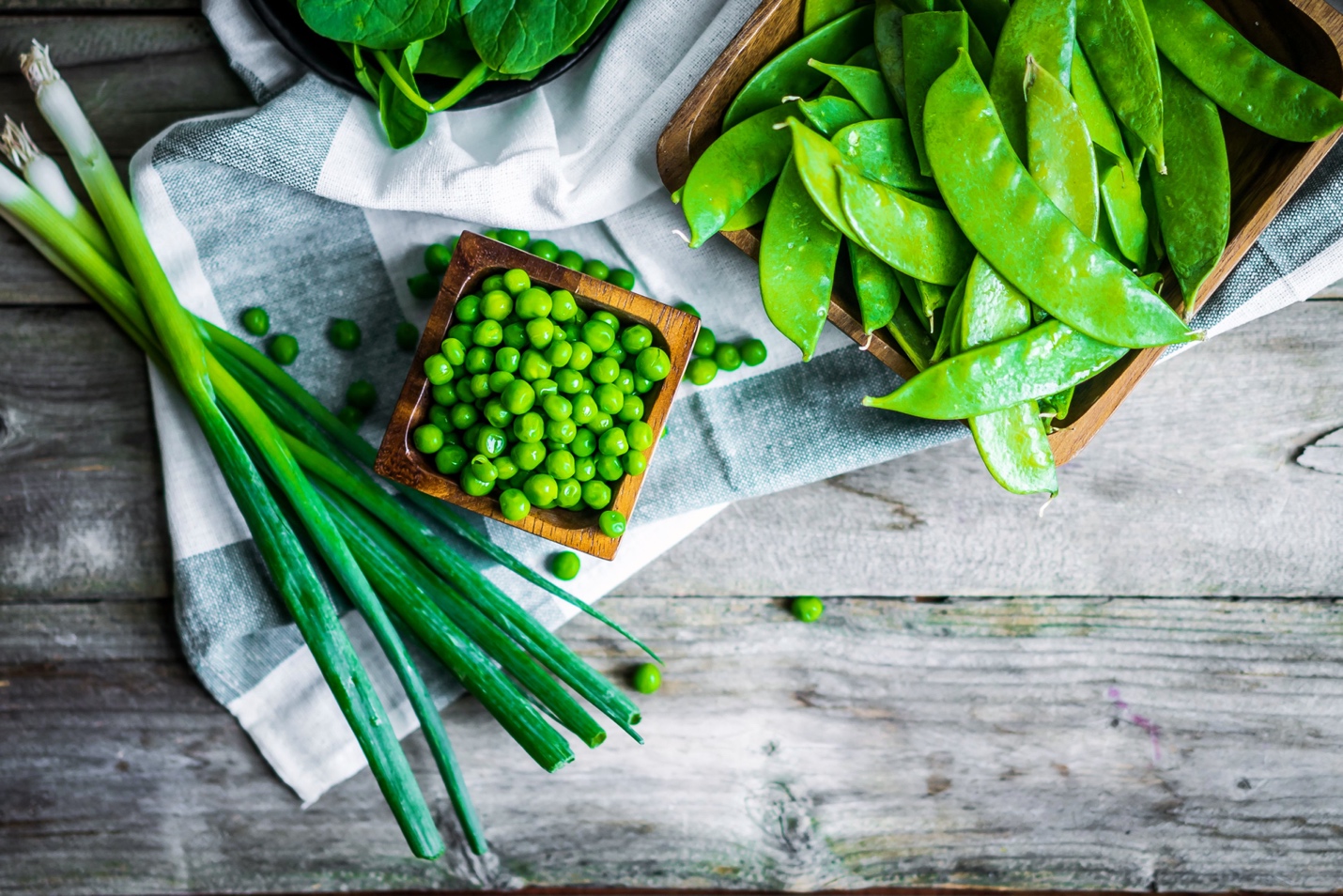
Let’s look at the role of beans and legumes in preventing high cholesterol levels, heart disease, and high blood sugar and insulin levels.
Heart Health
Heart disease is the number one killer in the world and Alzheimer’s disease takes millions lives every year. These diseases typically have other health conditions connected with them, such as high cholesterol, high blood pressure, diabetes, autoimmune diseases, obesity, and chronic inflammation.
When diagnosed with heart disease, people ask if their condition is reversible or if it can be stopped from getting worse. Beans and legumes benefit people with heart disease, because the high fiber content can reduce the blood triglycerides that in turn can reduce small, dense LDL. Small LDL are the smaller cholesterol that can damage arteries and encourage the development of heart disease faster than the larger cholesterol particles. (Managing a person’s blood sugar is a better way. By consuming high fiber beans and legumes we can change the way the body produces the smaller damaging LDL cholesterol particles.)

Research has shown that consuming beans and legumes can reduce the risk of heart disease by 8-10%, making it an important food to include in the diet, especially when a family history of heart disease is involved.
One mechanism of the reduced risk is connected to the genetic marker of MTHFR homocysteine and folate intake. Consuming foods with quality folate content, such as beans and legumes, can help reduce homocysteine (an amino acid) levels in the blood. High levels of homocysteine are an independent risk factor for stroke and heart disease.
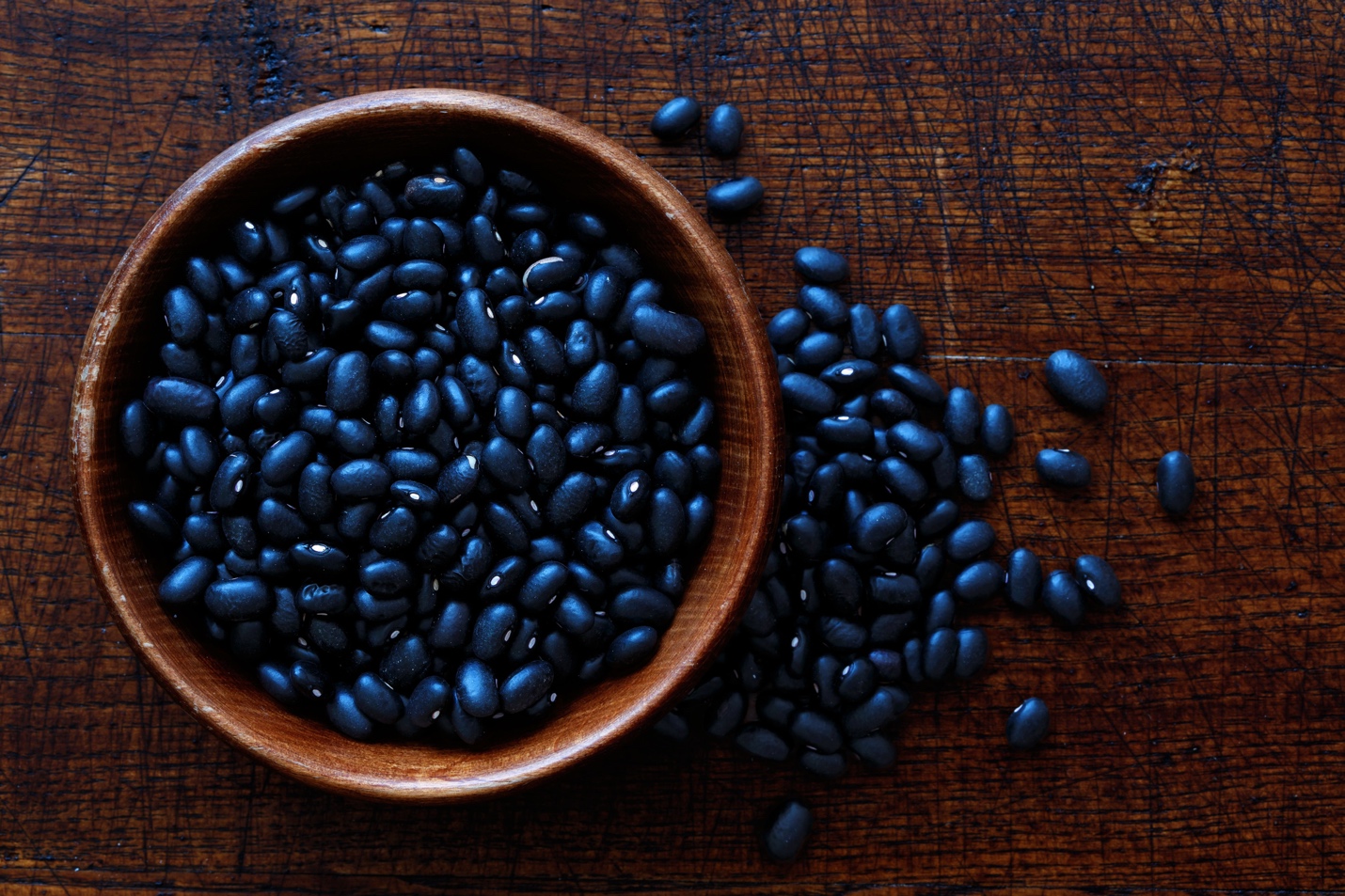
The combination of protein, micronutrients, carbohydrates, and soluble, dense fiber content helps regulate blood sugar and insulin levels, making beans an important food for patients who have blood sugar and insulin issues, as well a type 1 and 2 diabetes.
Obesity
Obesity is a risk factor for heart disease, diabetes, and many other diseases. Changing a person’s diet based on their APO E gene is the number 1 modifiable risk factor and behavior change that a person can choose. This is both for the prevention and reversal of a disease. Including plant-based foods such as beans and legumes in the diet can go a long way to help change a disease path.
The Benefits of Beans and Legumes Include
- Provides a high-quality plant-based protein and carbohydrate (very low on the glycemic index)
- Heart healthy
- High in fiber
- Rich in nutrients and antioxidants
- Can help reduce blood sugar
- Can stabilize insulin levels
- Low in cost and versatile
Canned or Cooked?
I always recommend the superior flavor that comes with home cooked beans and legumes. Test this for yourself! Canned are convenient but can cost three times more than dried beans. Cooked and canned are about the same in nutritional value, but canned can contain ten times the sodium of home cooked. Draining and rinsing canned beans can help eliminate about half the sodium, but you’re also draining away some of the nutrition. When buying canned beans choose organic, with no sodium added, and use the bean juice
Make beans and legumes a #1 choice in your APO E Gene kitchen.
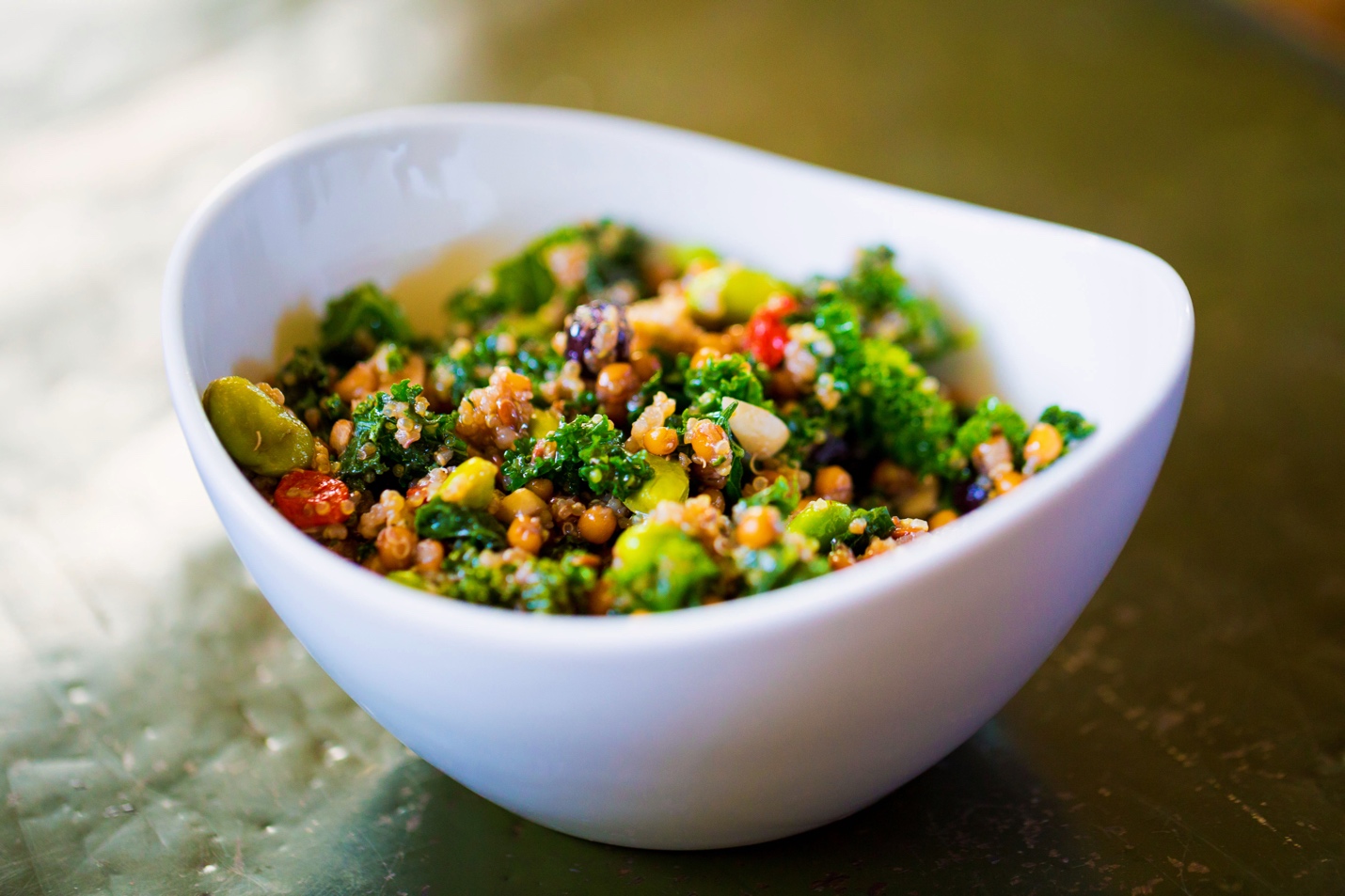
APO E Gene Program Tips for Buying and Cooking Beans
- When possible, buy organic.
- Buy dried beans and prepare them yourself.
- Keep your beans and legumes in an airtight glass containers glass. Store in a cool area away from direct sunlight and they will keep for a long time.
- Inspect your beans and legumes for small pebbles, stones or debris before you cook them.
- Wash before cooking to remove extra dust.
- Depending on the size of your beans or legumes, you may need to soak them for 1 to 6 hours, or overnight. Soak in fresh, filtered water (preferably), and place in the fridge. Lentils and peas, being small, do not need soaking.
- Some people are sensitive to beans and legumes – they can produce extra gas in the GI track. To help with this we recommend soaking the beans or legumes, and adding some Kombu seaweed, slices of ginger, and cumin seeds, to a pot of cooking beans.
- To cook beans, add three cups of water for every 1 cup of soaked beans. Bring to a boil and then reduce to a simmer. Cook until a desired tenderness.
APO E Gene Program Bean and Other Legume Recipes
APO E Gene Original Chickpea Hummus
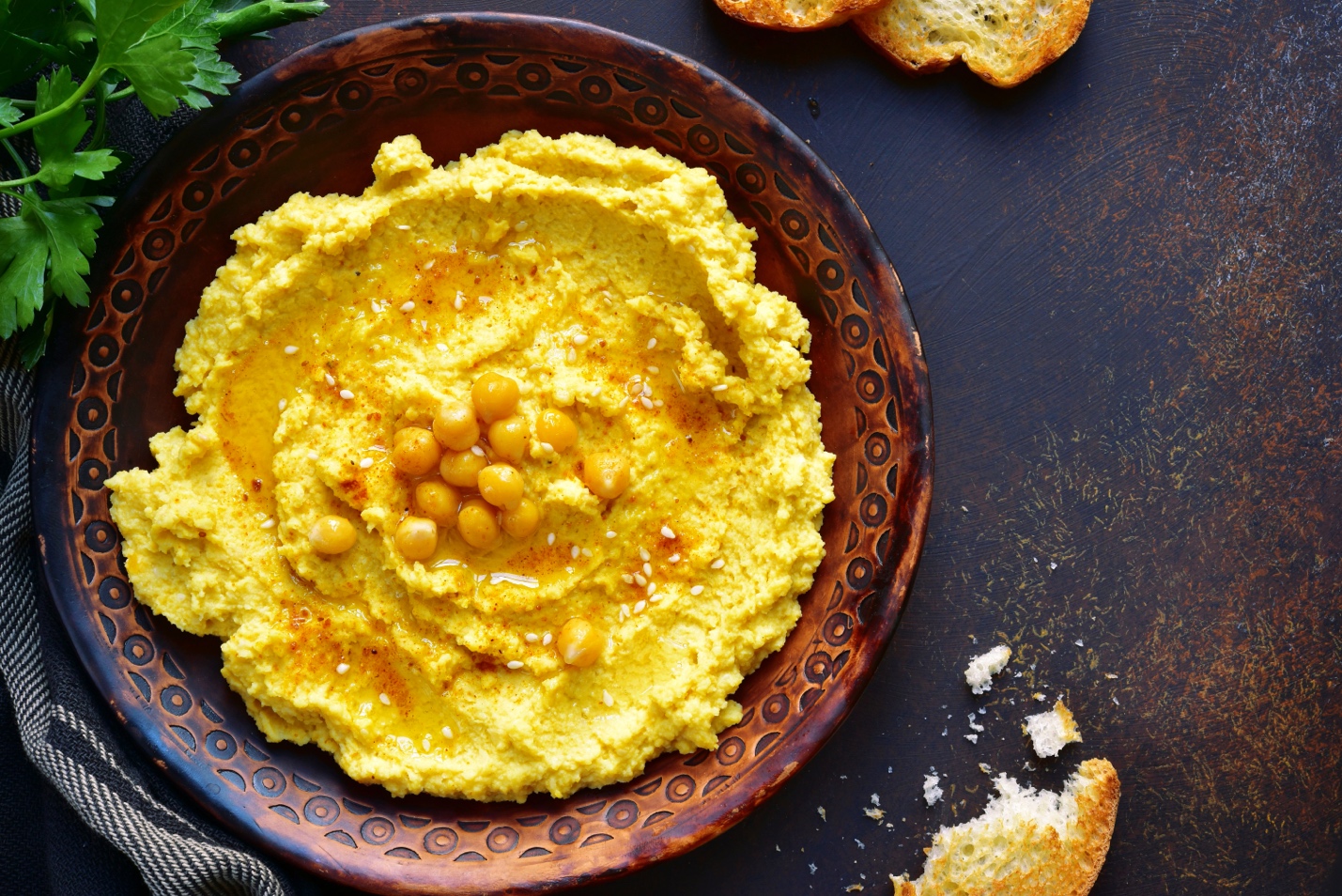
Ingredients
1 tablespoon of tahini
Juice from 1½ lemons additional lemon if desired
½ oz. ginger, freshly grated (optional)
30 oz. cooked chickpeas
¼ cup APO E Gene Program Organic *Koroneiki Extra Virgin olive oil
11 sprigs of cilantro
1 small red pepper, chopped
½ cup water, optional to reduce thickness
Salt to taste
Directions
Place chickpeas into food processor.
Add tahini, olive oil, red pepper, salt, and lemon juice. Blend.
If needed gradually add remaining water until hummus reaches the desired consistency.
Instead of the water you can add additional lemon for desired taste.
Place in a glass container and chill for a minimum of 1 hour.
8 servings.
*Koroneiki is called the "Queen" of olives. It produces a high-quality, full-bodied olive oil. Koroneiki is the most common olive used for olive oil production in Greece, mostly cultivated in the south Peloponnese and Crete.
Nutritional information per serving:
carbohydrate—vegetable 1
carbohydrate—grain/starch 1
fat 1
APO E Gene Bean Salad
So simple and wonderfully refreshing on a hot day!
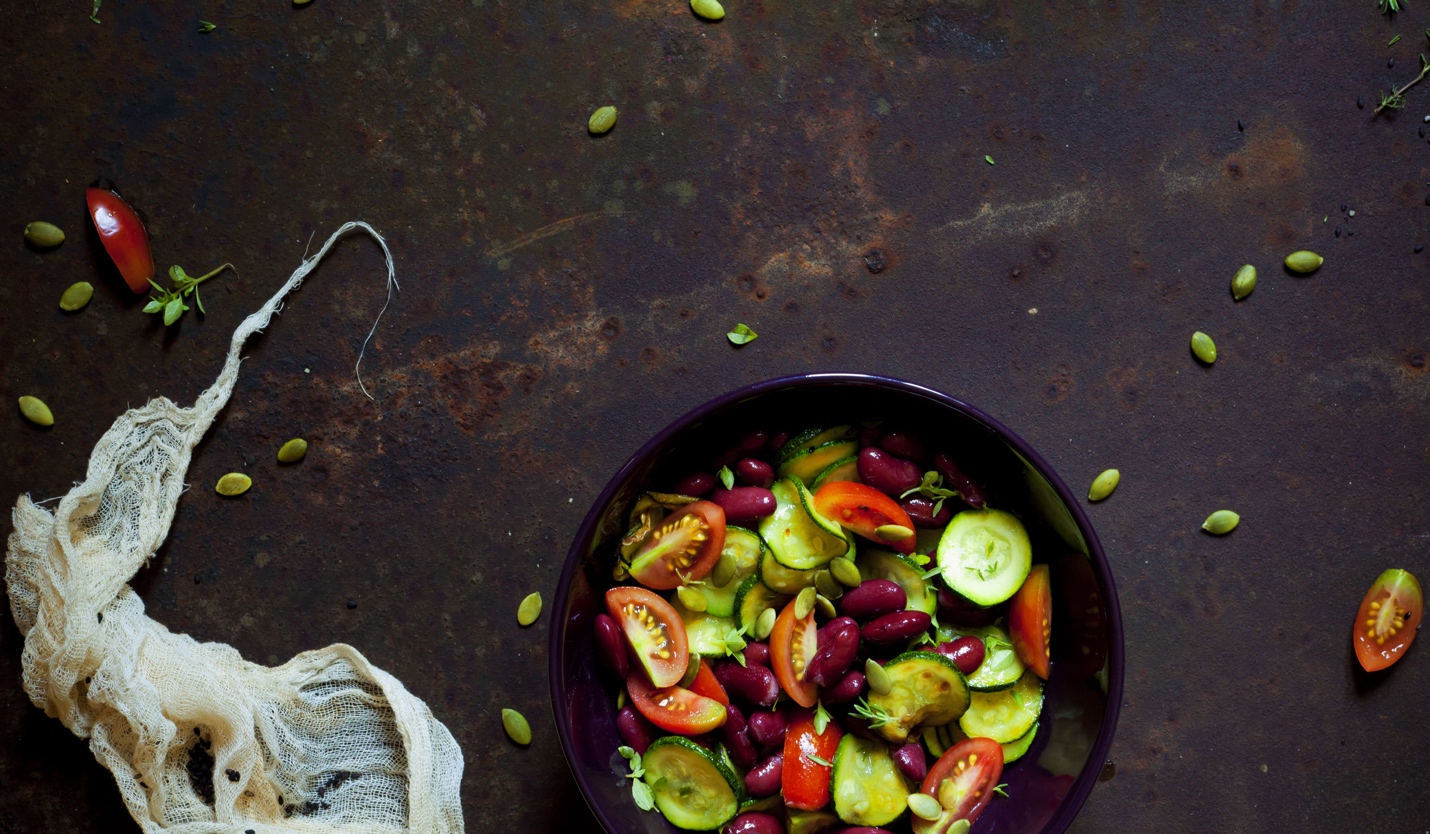
Ingredients
20 oz. cooked red beans
16 oz. organic cherry tomatoes, sliced
1 large English cucumber, thinly sliced
1 tablespoon pumpkin seeds
2 tablespoons chopped cilantro
Juice of 2 limes
⅛ cup of APO E Gene Program Arbequina Olive Oil
¼ cup of APO E Gene Program Cask 5 Balsamic Vinegar
Salt and pepper to taste
Directions
Combine all ingredients.
Toss and chill.
Garnish with cilantro
Nutritional information per serving
carbohydrate—vegetable 2
carbohydrate—grain/starch 1
protein 1
fat ½
Simple Vegetarian Black Bean Soup
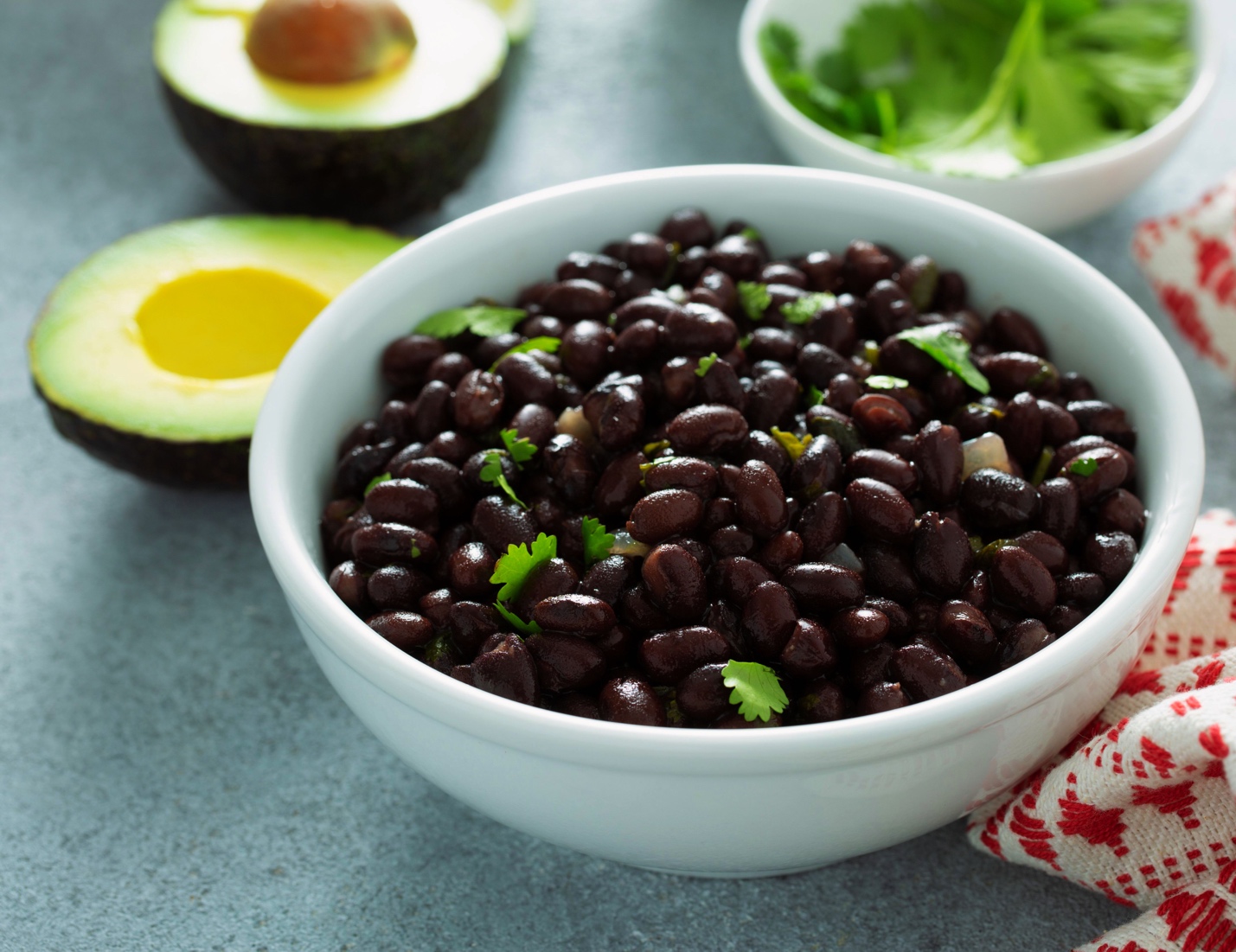
Ingredients
1 tbsp. APO E Gene Program Arbequina Olive Oil
1 cup coarsely chopped carrot
1 cup chopped red pepper
3 cups vegetable broth
1 cup tomato puree
1 can black beans
1 cup chopped tomatoes
2 stalks of astragalus root (root found in a health food store)
¼ cup fresh ginger root slices
¼ cup fresh parsley
1 tsp. cumin
1 tsp. turmeric
Ground pepper to taste
Directions:
Heat olive oil in a heavy pot for 30 seconds.
Add carrots and red pepper.
Cook for 3-5 minutes.
Add vegetable broth, spices, astragalus root, tomato puree, beans, and tomatoes.
Cook for about 5 minutes on high – then reduce heat and cook for 30-45 minutes.
Serve in your favorite bowl.
Add parsley to garnish.
4 servings.
Nutritional information per serving
carbohydrate—vegetable 2
carbohydrate—grain/starch 1
protein 1
fat ½
Pam’s Bean and Vegetable Soup
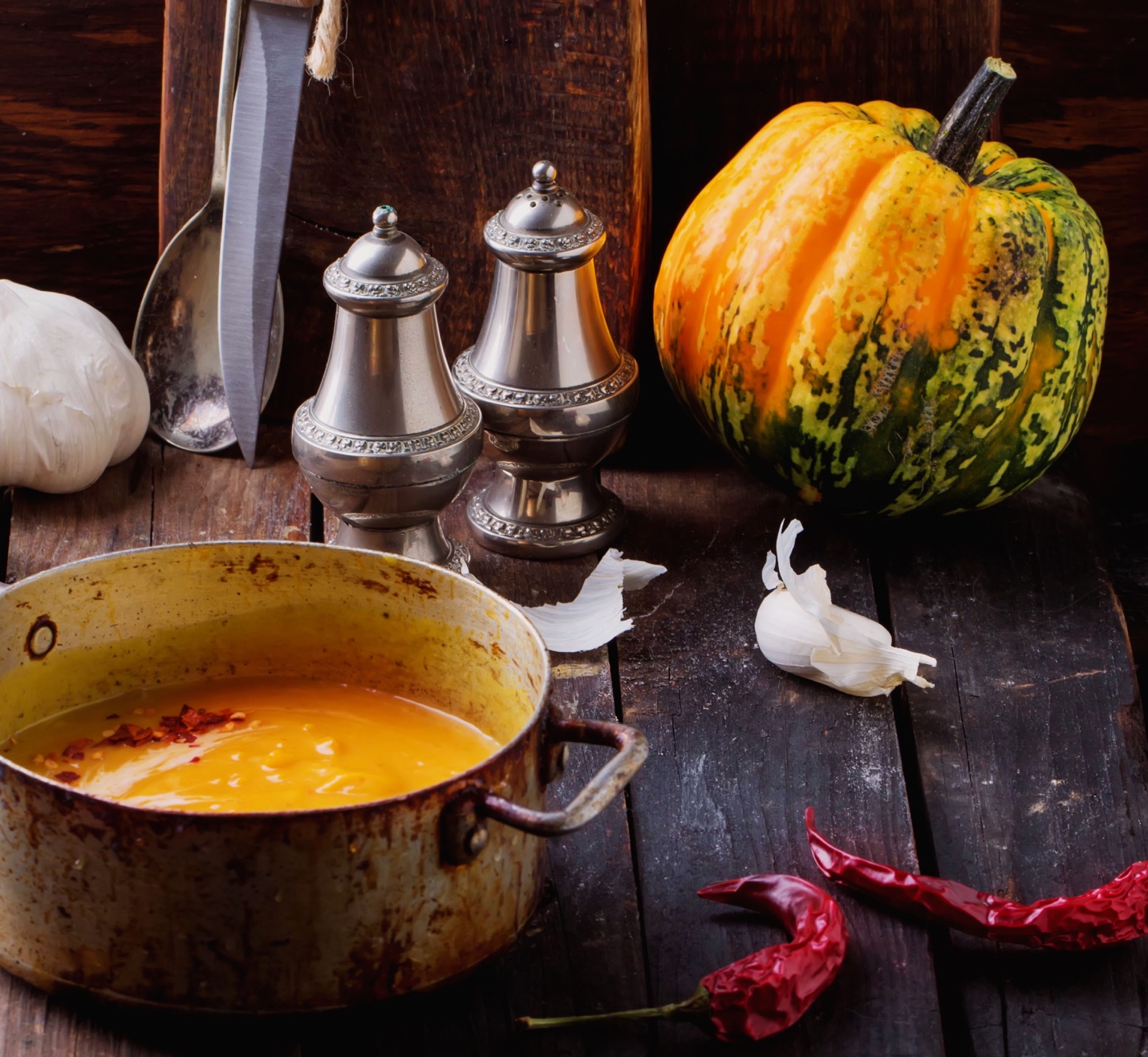
Ingredients
3 tbsp. APO E Gene Program Arbequina Olive Oil
8 cups chopped potato
4 cups chopped carrots
1 cup sliced celery
8 cups vegetable broth
2 cups black beans
2 cups chopped fresh tomatoes
2 cups chopped yellow squash or pumpkin
2 stalks astragalus root (root found in a health food store)
2 cups chopped zucchini
2 cups spinach
½ cup pearl barley (uncooked)
1 cup lentils (uncooked)
4 cups additional broth, as needed
White pepper and salt to taste
Avocado chunks for garnish
Directions
Heat olive oil In a very large saucepan.
Add carrots, celery, and potato.
Cook for 5 minutes.
Add remaining ingredients — except for salt, pepper, and avocado.
Bring to a boil.
Boil slowly for 5 minutes.
Reduce heat to a simmer.
Add additional water if needed.
Simmer for 45–60 minutes or until done.
Serve in a rustic bowl, topped with chunks of avocado.
This soup freezes well.
8 servings.
Nutritional information/serving
carbohydrate—vegetable 2
carbohydrate—grain/starch ½
protein ½
fat ½
Cornish Yellow Pea Soup
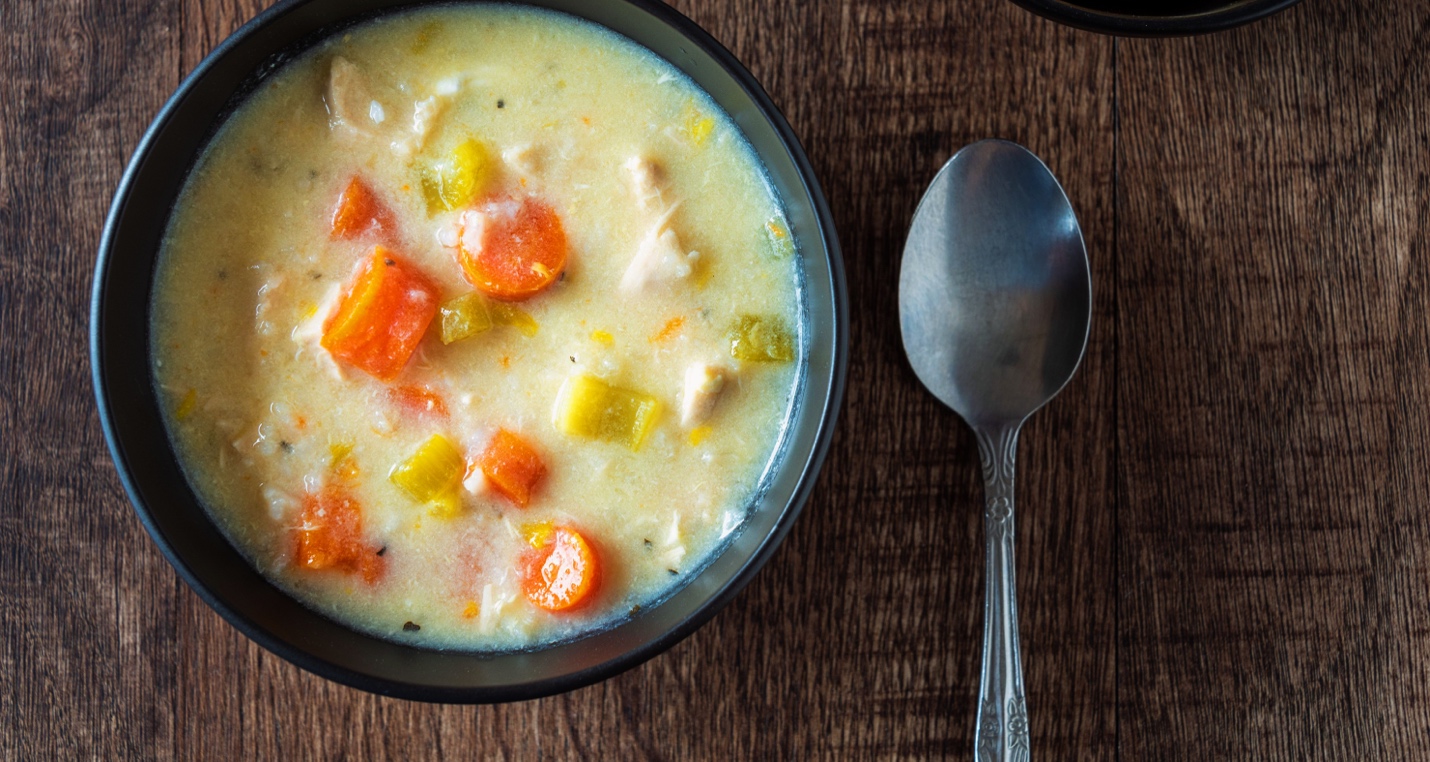
Ingredients
1 cup yellow split peas
4 cups cold water
1 cup carrot, sliced
1 cup celery, sliced
1 cup potatoes, chopped
¼ cup fresh thyme
¼ cup fresh parsley
1 tbsp. APO E Gene Program Arbequina Olive Oil
Salt and pepper to taste
2 cups soymilk
Croutons (optional)
Mint (optional garnish)
Directions
Rinse and place split peas in a large saucepan with 4 cups of cold water.
Add remaining ingredients, leaving out the soymilk and croutons.
Bring soup to a boil, then turn heat to low and simmer for 1 hour.
Add soymilk and return to a boil.
Simmer for 10 minutes.
Serve in your favorite China soup bowl.
Add croutons and chopped mint for taste and as a garnish if desired.
6 servings.
Nutritional information/serving:
carbohydrate—vegetable 1
carbohydrate—grain/starch 1
protein 1
fat 1
